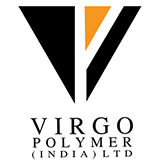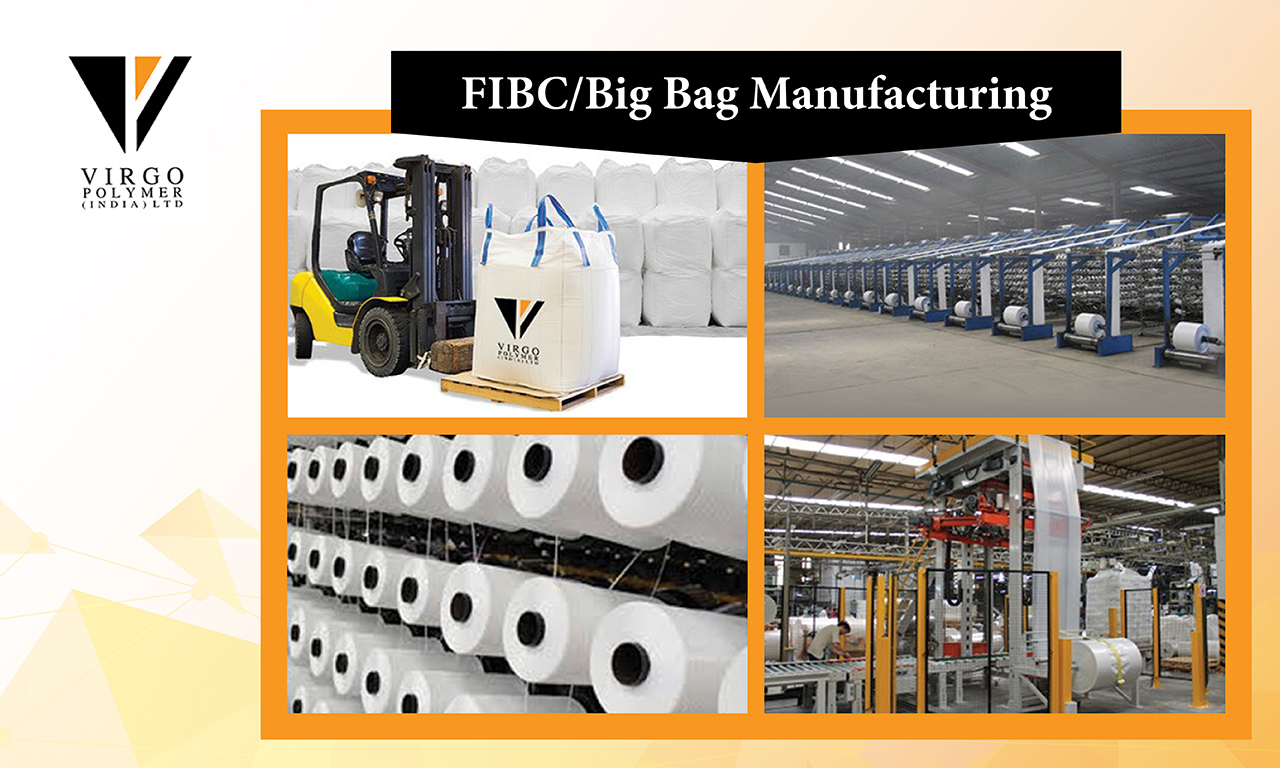




Ever wondered what goes into manufacturing flexible intermediate bulk containers (FIBCs)? It’s an intricate, highly technical process, where everything from the quality of raw materials, including the thickness of individual threads, the fabric weight, and the strength of yarn to the method of cutting is crucial. Every step goes a long way in extending the life cycle and efficiency of an FIBC bag.
There are ten steps involved in the manufacture of a bulk bag.
A mix of virgin ingredients such as polypropylene granules, calcium carbonate, and ultraviolet inhibitors are melted and shaped into tapes of specific measurements. In some cases color pigmentation is also used.
The tapes are loaded onto weaving looms, where the fabric is woven into shape. The woven material is strong enough to carry different types of industrial products and goods. However, at this stage the material may need moisture proofing.
This is an optional step, where depending on customer specifications, the fabric is treated with a laminate that renders it moisture-resistant. This is essential for bulk bags used in transporting granular products or fine powders such as flour. These bags can also be used for substances that should never be exposed to moisture, for instance, sugar and salt.
The fabric is run through a slicing machine, where it is cut into required shapes. At this stage, it is decided if the bulk bags need to be square, tubular or vertically rectangular. The process is automated to ensure accuracy in cut size.
Once the polypropylene fabric has been cut, it is fed into a printing machine. This is the step in which impressions can be made on the fabric. Company logos for instance can be applied. Colours too may be implemented. A heavy-duty printer is necessary for this process.
Handle pieces of bulk bags are made during this stage. Heavier polypropylene tapes along with multifilament thread are woven into webbing and formed into the handles or lifting loops.
Here, the various pieces that comprise the bulk bag including the lifting-loop strips are stitched together with an industrial sewing machine. Bulk bags are sewn together in mass quantities by a team of trained hands to ensure they are crease-free.
Once the bulk bags have been sewn, each one is inspected to ensure it meets the required standards of strength and durability. The defective pieces are removed at this stage. The bags are then sent for the Safe Working Load (SWL) test to ensure they are strong enough to serve their purpose.
The bags are compressed and grouped for distribution in bulk quantities. The compression is done in a bale press, as it allows for easy packing of the bags.
The bulk bags are sent to a storage room awaiting dispatch to various customer locations for use in the transportation or storage of building materials, rubble, food products, chemicals etc.
Virgo Polymer India Ltd (VPIL) is a totally integrated production house with facilities to convert right from plastic granules to the finished product. VPIL is an ISO 9001:2008 certified company. All bulk bags are certified by Labordata - a globally recognized test house. For quality FIBCs, get in touch with us today.
